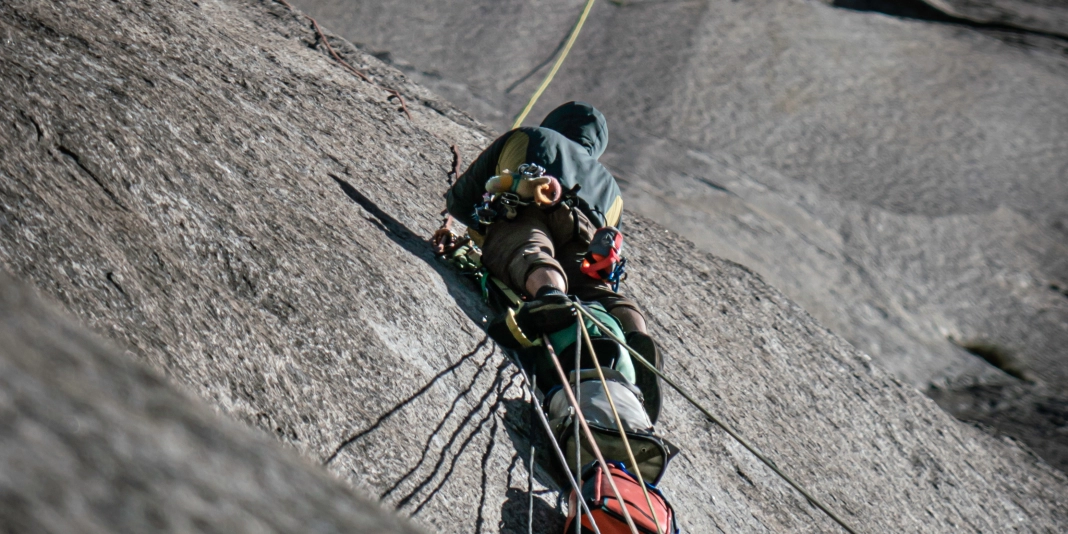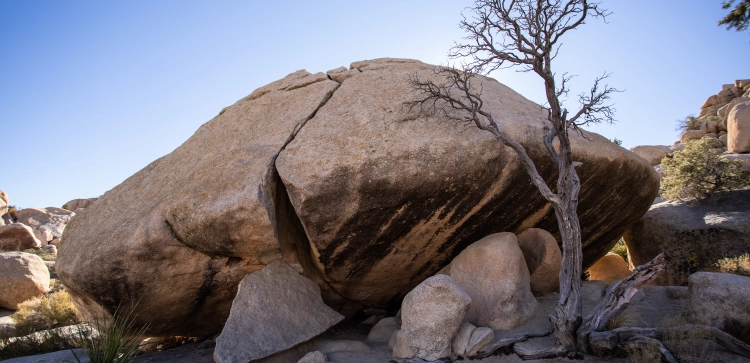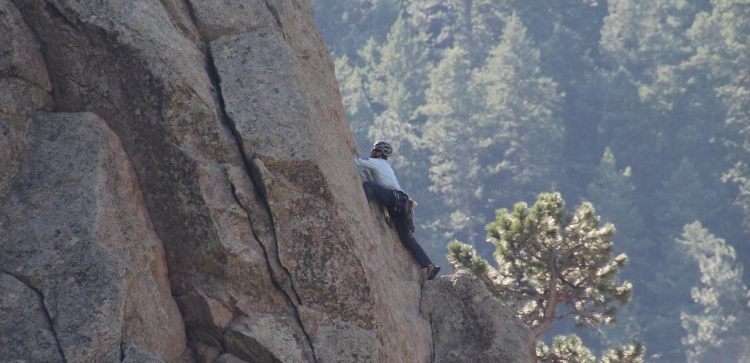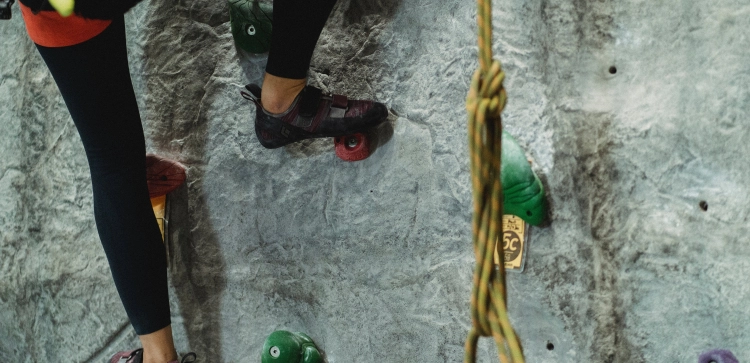How Do You Approach Multi-pitch Climbs?

Multi-pitch climbing is an exciting experience that takes climbers to greater heights and challenges. These climbs are more complex than single-pitch routes, involving longer ascents and increased exposure. To tackle multi-pitch climbs successfully, it's essential to have a well-structured approach. In this guide, we'll explore the techniques, strategies, and considerations for approaching multi-pitch climbs with confidence.
What Is Multi-Pitch Climbing?
Multi-pitch climbing involves ascending routes that are too long for a single rope length. Climbers tackle the ascent in multiple segments, or "pitches," each connected by belay stations.
Key Differences from Single-Pitch Climbing:
Unlike single-pitch climbing, where you complete the route in one go, multi-pitch climbs require careful planning, route-finding, and communication between climbers.
Essential Techniques and Strategies
- Equipment Selection and Usage: Proper gear is crucial for multi-pitch climbs. Ensure you have a reliable harness, helmet, rope, belay device, slings, carabiners, and climbing shoes. Learn how to use this equipment effectively for safety and efficiency before actually heading out to the climb.
- Efficient Rope Management: Managing ropes during multi-pitch climbs is essential. Learn techniques like stacking and flaking ropes to prevent tangles and snags. Keep the rope organized to reduce time spent at belay stations.
- Effective Communication: Clear communication between climbers is critical. Use signals or agreed-upon commands to convey information, especially when you're separated by significant distances and noise.
Navigating the Climb
- Route-Finding: Thoroughly research the route before you start. Familiarize yourself with key landmarks, pitches, and potential hazards. Having a topo map or route description can be invaluable.
- Belay Stations: Identify and utilize secure belay stations where you can anchor safely. Ensure there's enough space for both climbers and gear.
Safety Considerations
- Rappelling Techniques: Multi-pitch climbs often involve rappelling to descend. Learn proper rappelling techniques, including setting up a rappel anchor, using a backup, and controlling your descent.
- Anchor Building: Know how to build secure anchors at belay stations. This skill is crucial for your safety and the safety of your partner.
Conclusion
Multi-pitch climbing offers an elevated sense of adventure and accomplishment. While it demands additional skills and preparation compared to single-pitch climbs, the rewards are equally significant. By understanding the techniques, strategies, and safety considerations involved in multi-pitch climbing, you can embark on these grand adventures with confidence.
Remember that multi-pitch climbing is a journey of both ascent and descent. Proper planning, efficient rope management, effective communication, and a commitment to safety are key elements of a successful multi-pitch climb. As you ascend through multiple pitches, you'll not only conquer the rock but also your own limits, making each multi-pitch climb a memorable and transformative experience.














